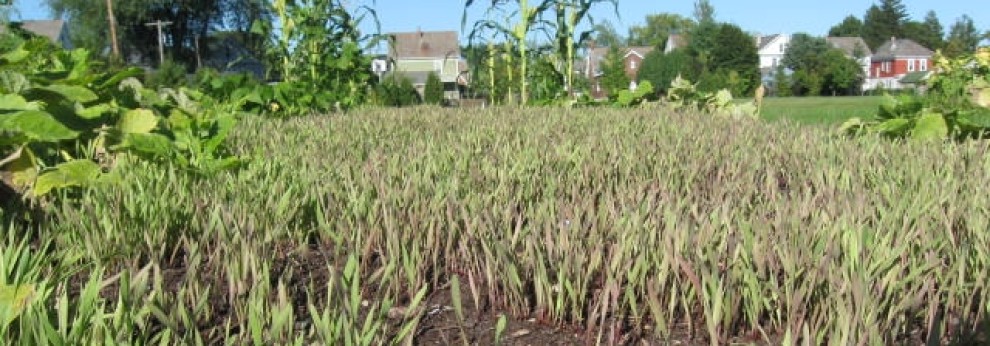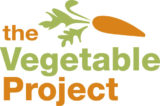 We try as best we can to create hands-on learning opportunities for students and to put doing and touching and tasting and experiencing at the center of teaching and learning. It makes a difference in how fully students engage.
We try as best we can to create hands-on learning opportunities for students and to put doing and touching and tasting and experiencing at the center of teaching and learning. It makes a difference in how fully students engage.
So a favorite moment, which builds on plants like ones in the accompanying pictures from the Vegetable Project’s garden at Albany High School, is especially accessible around now, at the end of August. Annual plants here, some so misshapen that it’s close to impossible to  guess what they are, have gone to seed! That is to say the plants have reached a developmental stage of their life cycle characterized by production seeds necessary to carry the species forward into the next generation.
guess what they are, have gone to seed! That is to say the plants have reached a developmental stage of their life cycle characterized by production seeds necessary to carry the species forward into the next generation.
And when we put the seed head puff ball from a lettuce plant in a student’s hand and suggest pushing that fuzz around until seeds fall into the palm, there’s a pretty good chance that we capture some interest. There’s a pretty good chance that such interest will heighten attentiveness  long after the hands-on piece winds down. Sometimes we do even better by quickly sowing some of the very seeds we just collected. And if we really work at it, we can expose students to a plant’s entire life cycle – from production of seeds by one generation’s plant to production of seeds by its offspring – and pique interest in the process that would make
long after the hands-on piece winds down. Sometimes we do even better by quickly sowing some of the very seeds we just collected. And if we really work at it, we can expose students to a plant’s entire life cycle – from production of seeds by one generation’s plant to production of seeds by its offspring – and pique interest in the process that would make  teaching and learning a more fulfilling experience for all involved than what usually happens.
teaching and learning a more fulfilling experience for all involved than what usually happens.
Want to experience this yourself? Please stop and say hello if you pass our gardens and see someone there. Or please get in touch and we’ll make arrangements.
And what plants are pictured here? Two lettuce varieties, kale, basil and cilantro.
— Bill Stoneman
















